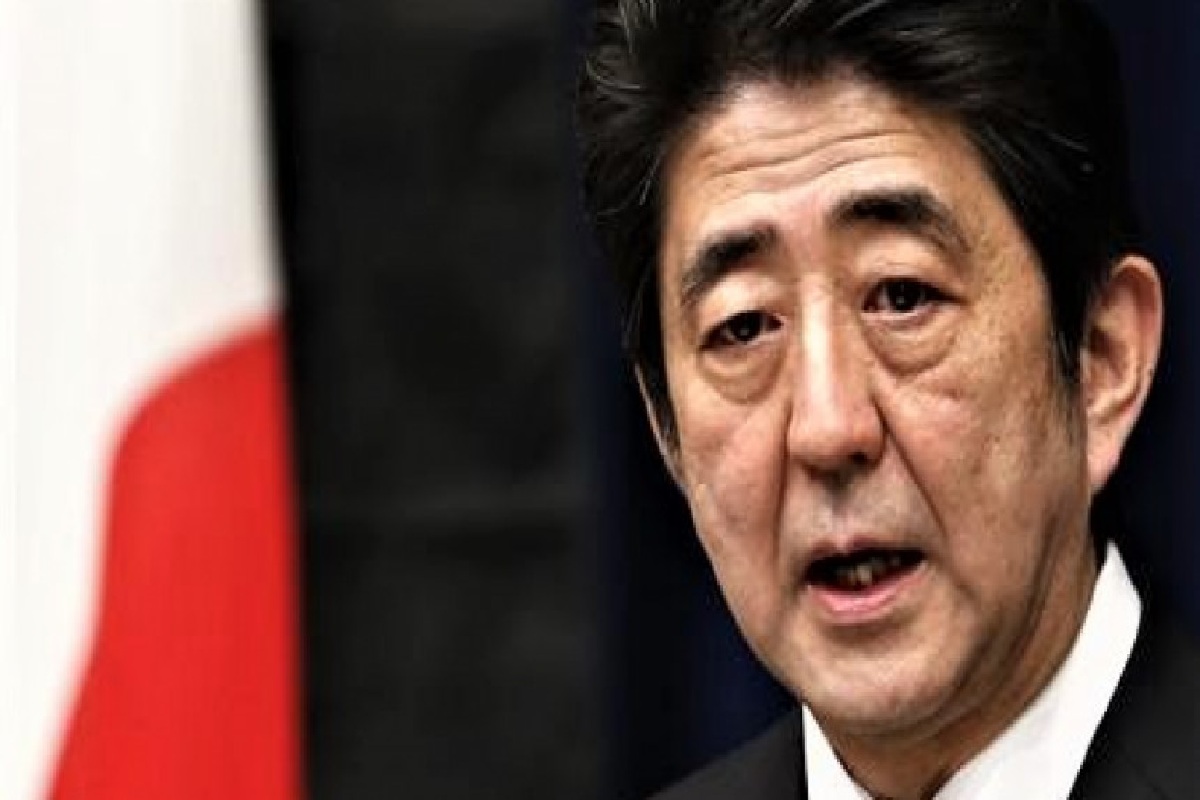Japan’s longest-serving prime minister Shinzo Abe, who was assassinated yesterday, dedicated his life to reviving Japan’s economy with his bold “Abenomics” policies, revising the post-WWII pacifist constitution, and restoring traditional values.
Abe, who left office in 2020, was shot and killed during an election campaign speech.
Advertisement
During a visit to the United States in February 2013, shortly after becoming Japan’s PM for the second time, Abe declared, “Japan is back”.
Those three words would come to define Abe’s unique and unparalleled legacy on Japan’s politics, both at home and abroad, where he did more than any other Japanese leader to raise Japan’s standing on the world’s stage.
The lawmaker first became Japan’s youngest premier since World War Two in 2006, lasting just a year before returning for a rare second stint in 2012. Abe became Japan’s longest-serving premier in November 2019, but by summer 2020, support had been eroded by his handling of the Covid-19 outbreak as well as a series of scandals including the arrest of his former justice minister.
He resigned in September of that year citing ill health without achieving his long-held goal of revising the US-drafted constitution.
But he remained a dominant presence over the ruling Liberal Democratic Party (LDP), controlling one of its major factions.
Abe hailed from a wealthy political family that included a foreign minister father and a great-uncle who served as premier. But when it came to policies, his grandfather, the late prime minister Nobusuke Kishi, seems to have mattered most.
Kishi was a wartime cabinet minister imprisoned but never tried as a war criminal after World War Two. He served as prime minister from 1957 to 1960, resigning due to public furore over a renegotiated US-Japan security pact.
Five years old at the time, Abe famously heard the sound of clashes between police and leftist crowds protesting the pact outside parliament as he played on his grandfather’s lap.
Kishi tried unsuccessfully to revise Japan’s US-drafted 1947 constitution to become an equal security partner with the United States and adopt a more assertive diplomacy – issues central to Abe’s own agenda.
Abe boosted defence spending and reached out to other Asian nations to counter an increasingly assertive China. He pushed through laws to let Japan exercise the right of “collective self-defence”, or militarily aiding an ally under attack.
Revising the pacifist constitution remained a top priority for Abe, a contentious goal since many Japanese see the charter as responsible for the country’s post-war record of peace.
Abe’s underlying agenda was to escape what he called the post-war regime, a legacy of US occupation that conservatives argue deprived Japan of national pride. Reforming the education system to restore traditional mores was another of his goals.
He also adopted a less apologetic stance towards Japan’s World War Two actions, saying future generations should not have to keep apologising for past mistakes.
First elected to parliament in 1993 after his father’s death, Abe rose to national fame by adopting a tough stance toward unpredictable neighbour North Korea in a feud over Japanese citizens kidnapped by Pyongyang decades ago.
Though Abe also sought to improve ties with China and South Korea, where bitter wartime memories run deep, he riled both neighbours in 2013 by visiting Tokyo’s Yasukuni Shrine, seen by Beijing and Seoul as a symbol of Japan’s past militarism.
In later years, he refrained from visiting in person and instead sent ritual offerings.











